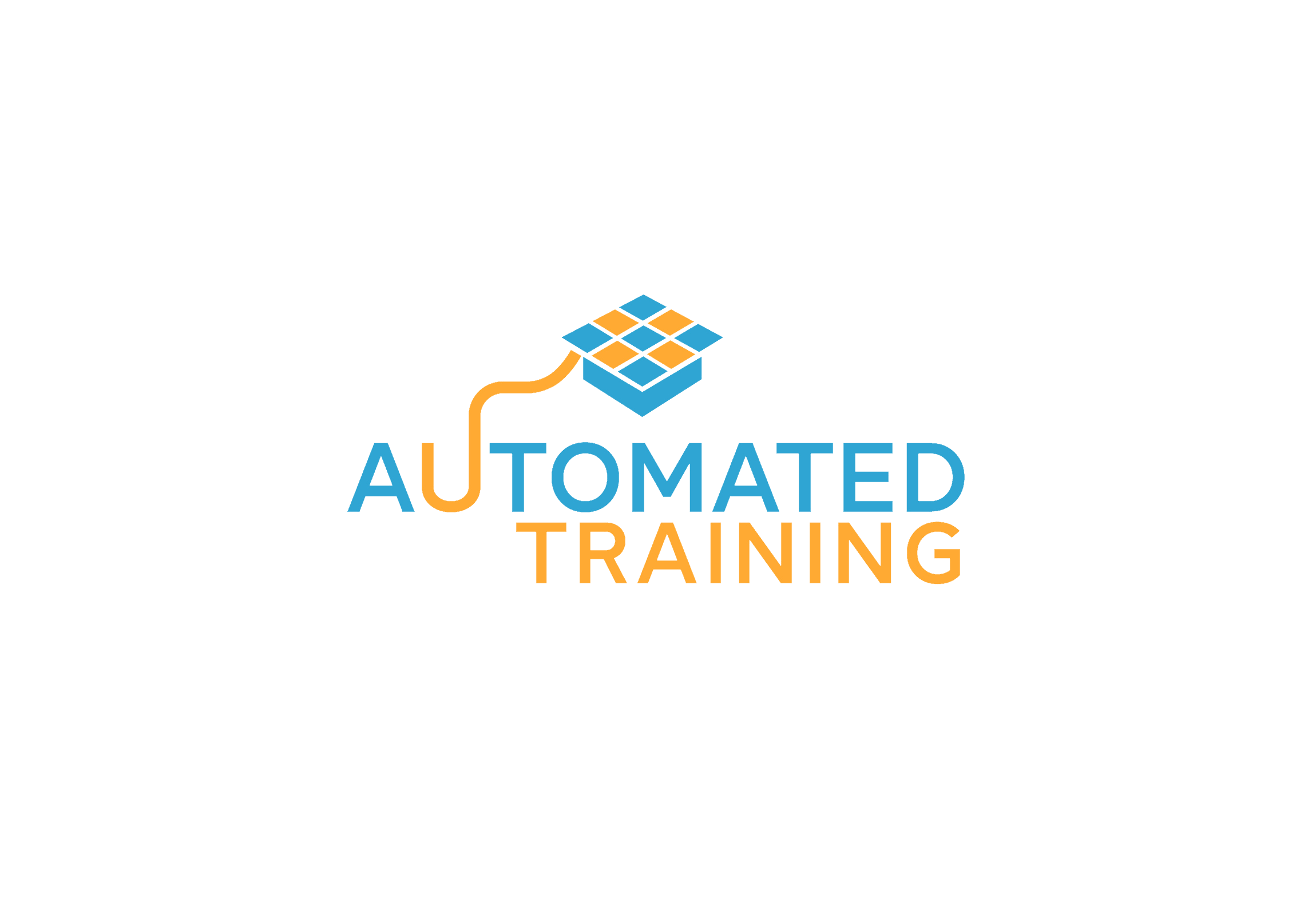Digital Adoption Platforms (DAPs) are revolutionizing the way organizations onboard, train, and support users in adopting new software applications.
In today’s fast-changing digital world, organizations constantly adopt new software tools to boost productivity and efficiency.
However, many still struggle to help employees use these tools effectively.
That’s why Digital Adoption Platforms have become essential—they bridge the gap between technology and successful user adoption.
Challenges for employees when constantly learning and using new software

Let’s examine which challenges cannot be overcome by practice alone:
Learning Curve and Time Investment
Complexity of New Software: New software solutions are often complex and offer a multitude of features that can initially seem overwhelming. Learning full functionality cannot be achieved through theoretical, passive training alone and can be time-consuming.
Lack of Time: Employees often have a full workload and little additional time to familiarize themselves with new software. This can lead to stress and feeling overwhelmed.
Fear of Change and Technology
Technophobia: Some employees may be afraid of new technologies and feel uncertain about using digital tools. This fear can lead to resistance and delays in adopting new software.
Resistance to Change: People are often accustomed to certain ways of working, and changes can be perceived as a threat to their comfort zone. This resistance to change can make it difficult to accept new software.
Inadequate Training and Support
Insufficient Training: If companies do not provide enough training, employees often feel unprepared and overwhelmed. A lack of proper introduction to the software can lead to inefficient use and errors.
Lack of Continuous Support: Even after the introduction of new software, employees need ongoing support and resources to answer questions and solve problems.
Infrequent Tasks
A particular challenge with using new software is that some tasks need to be performed very rarely. In such cases, there is a risk that employees will forget the procedures or the sequence of necessary steps between uses.
Integration into Existing Work Processes
Process Changes: New software can change existing workflows or introduce new requirements. Adjusting these processes requires additional effort and can lead to temporary productivity losses.
And what should we do now? Not introduce any new software?
Introducing new software is essential for a company’s progress and efficiency. This is where Digital Adoption Platforms (DAPs) come into play. The innovative solution is designed to optimize software adoption and maximize user proficiency.
Understanding Digital Adoption Platforms (DAPs)
Let’s take a closer look at the main features and benefits of DAPs.
At first glance, Digital Adoption Platforms (DAPs) may seem similar to Learning Management Systems (LMSs). However, they serve a different purpose—helping organizations drive software adoption and improve everyday usage.
DAPs guide users in real time, offering on-screen support directly inside the application. They deliver personalized learning experiences directly within the context of the software interface.
Key functionalities of Digital Adoption Platforms
- Contextual guidance and tooltips: DAPs provide users with contextual help and real-time guidance as they navigate software applications.
They deliver relevant tips and information based on each user’s actions and interactions. - Interactive walkthroughs and tutorials: DAPs use interactive walkthroughs and tutorials to guide users step by step through software tasks and processes. This hands-on approach helps users learn faster and retain knowledge by doing.
It’s not practice that makes perfect, but practicing properly makes perfect!
- In-app support and assistance: DAPs give users on-demand access to help and support directly within the software interface. This seamless access eliminates the need to switch between applications or search for external assistance.
- User analytics and insights: DAPs track user interactions and behaviors within software applications, giving organizations valuable insights. These insights reveal user engagement, adoption rates, and highlight areas for improvement.
Advantages of Digital Adoption Platforms
The adoption of Digital Adoption Platforms offers several advantages for users and organizations alike:
- Improved user onboarding and training: DAPs shorten the time it takes new users to become proficient by providing immediate guidance and support. This instant access helps employees learn faster and use software more effectively.
- Enhanced user productivity and efficiency: By embedding learning directly into the workflow, DAPs let users learn while they work.
This approach boosts both productivity and efficiency. - Increased software adoption and usage rates: DAPs increase user satisfaction and engagement with software applications. As a result, organizations see higher adoption and usage rates across teams.
- Reduced error rate: Thanks to contextual support and step-by-step instructions, users make fewer mistakes. This improves data quality and reduces error costs.
Steps to integrate DAPs into your company
Integrating Digital Adoption Platforms (DAPs) into companies involves several key steps to ensure successful implementation and adoption:
Selecting the Right Platform: Choosing the appropriate DAP is crucial. Evaluate platforms based on features like in-app guidance, user analytics, customization options, and compatibility with existing software systems.
Technical Integration: Work closely with your IT team or external experts to integrate the DAP seamlessly into your company’s existing software applications. This involves configuring the platform to work harmoniously with your current IT infrastructure.
Customization and Configuration: Customize the DAP to align with your company’s specific workflows and user needs. Configure the platform settings to optimize user experience and ensure it supports your business processes effectively.
Developing In-App Guides and Tutorials: Create comprehensive in-app guides, interactive tutorials, and walkthroughs that help users navigate and utilize the new software efficiently. Tailor these resources to different user roles and skill levels for targeted support.
Training and Onboarding: Conduct training sessions and onboarding programs to familiarize employees with the DAP and its functionalities. Provide hands-on training to ensure employees understand how to effectively use the platform for their daily tasks.
Monitoring and Optimization: Monitor user adoption and engagement metrics using analytics provided by the DAP. Use this data to identify areas for improvement and refine the platform to better meet user needs and business objectives.
Conclusion
In conclusion, Digital Adoption Platforms are transforming how organizations handle software adoption and training. By delivering personalized learning experiences directly within applications, DAPs help organizations maximize software value and drive user success.
As digital transformation accelerates, DAPs will become increasingly essential for ensuring effective adoption and optimal use of new technologies.


